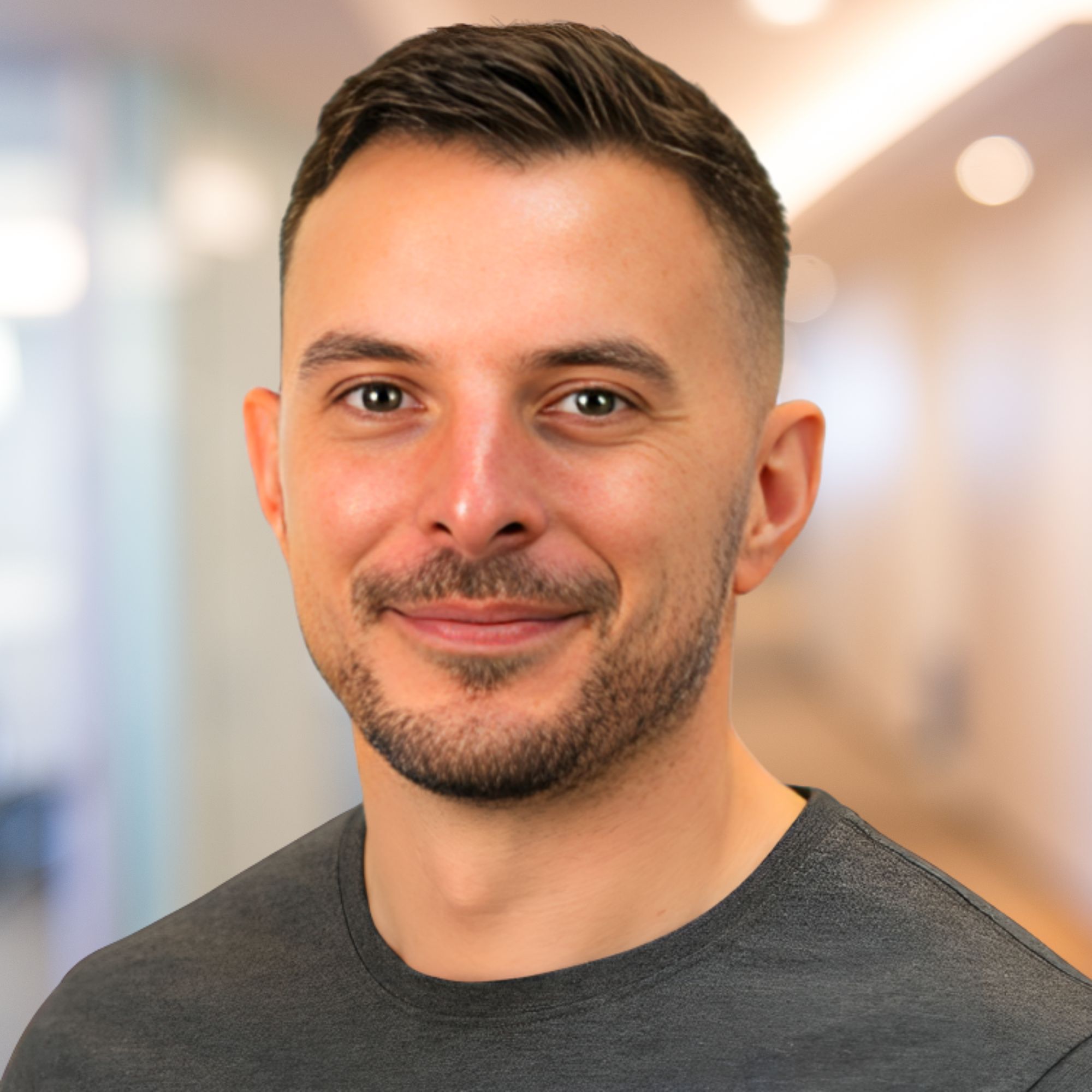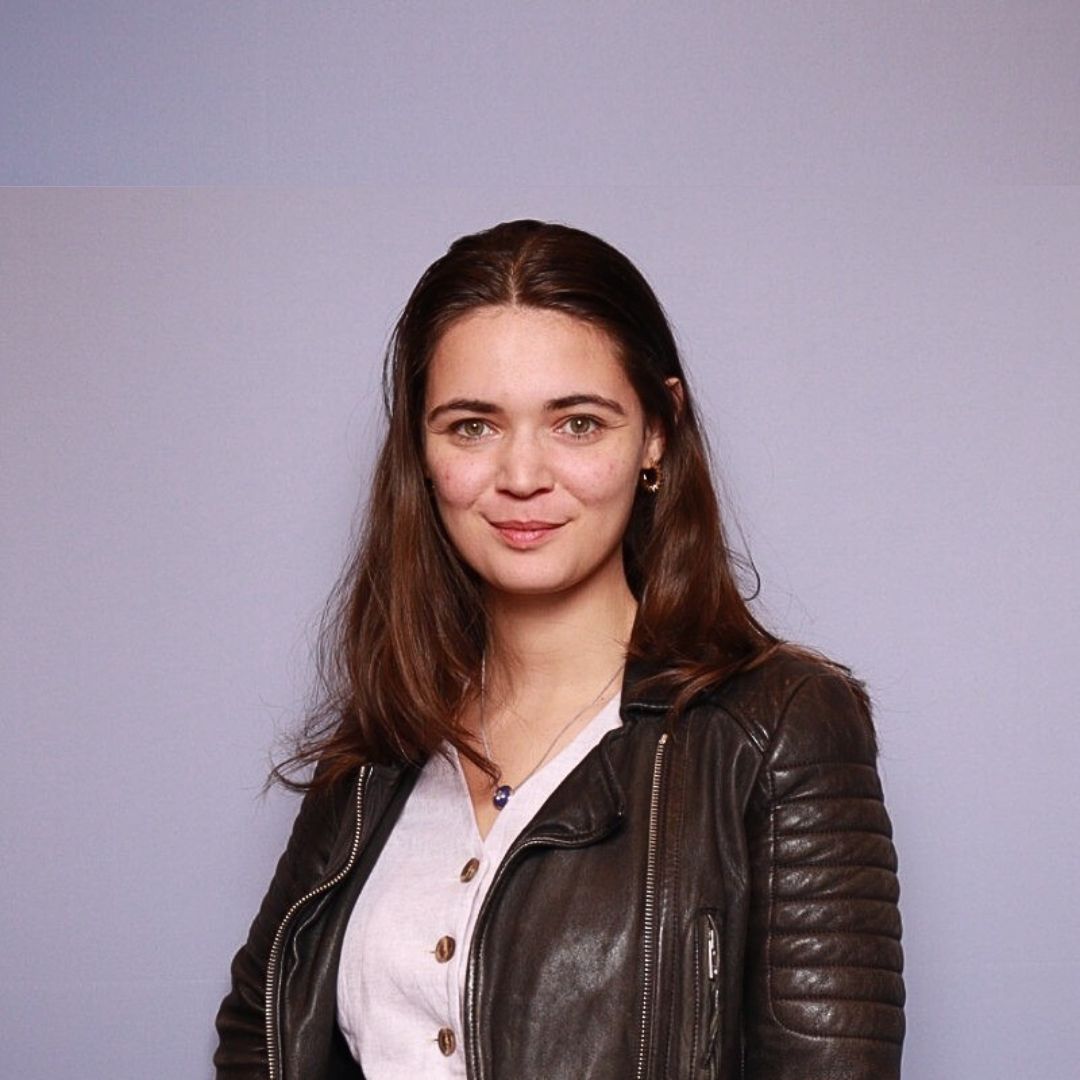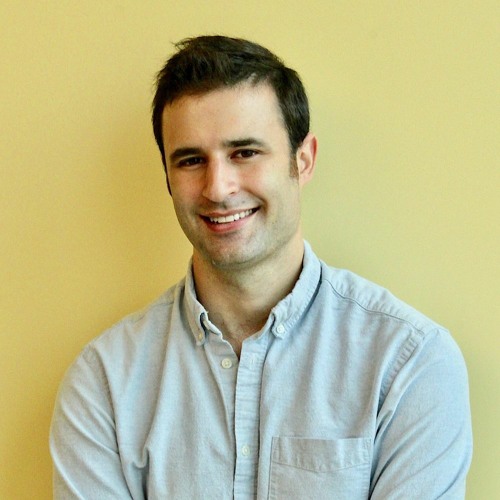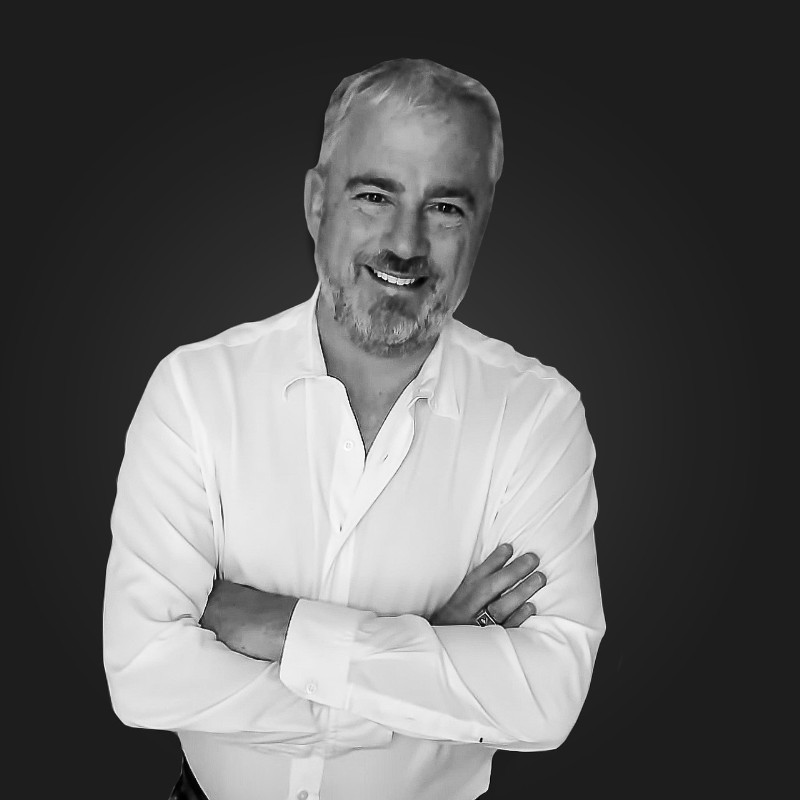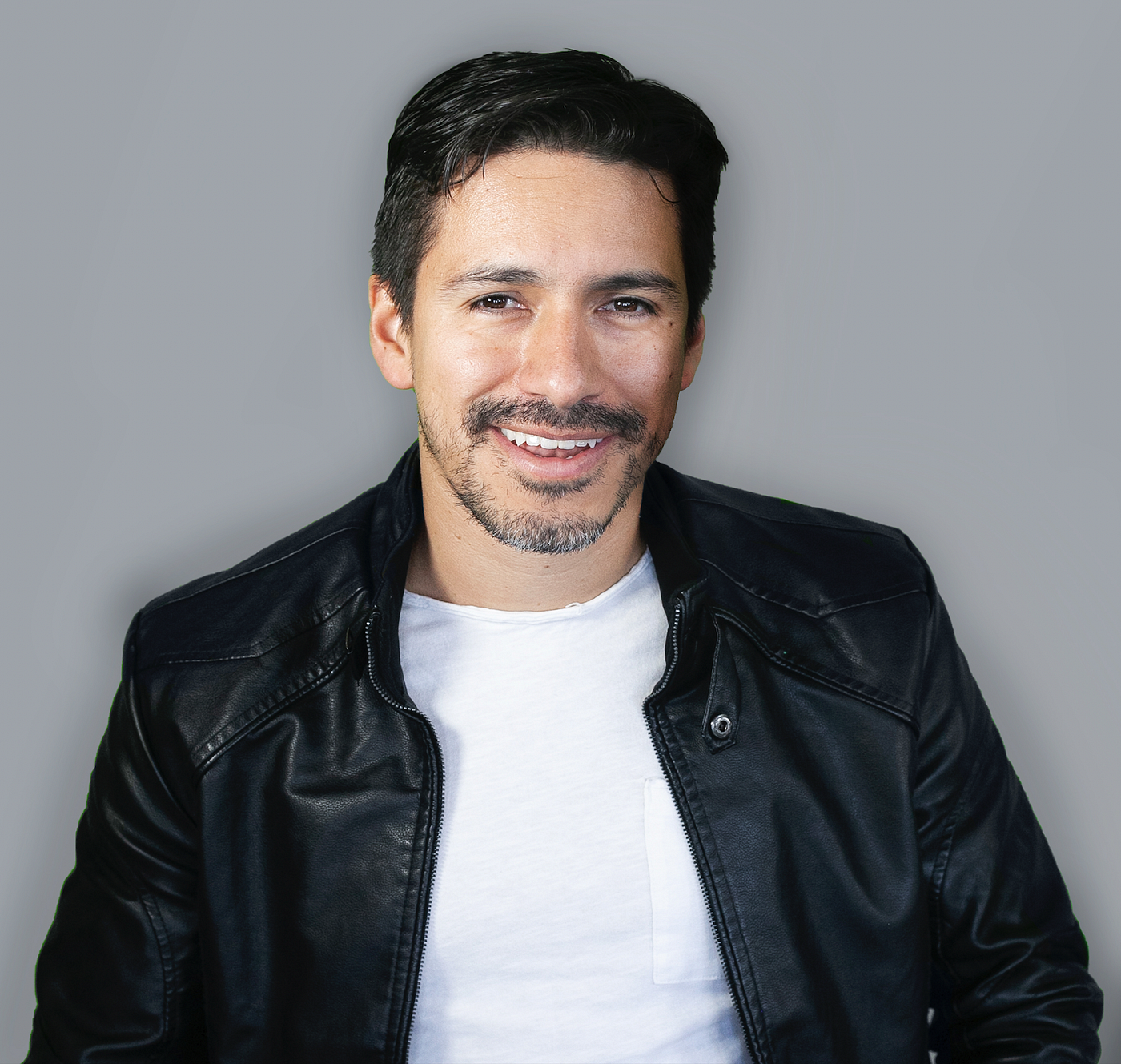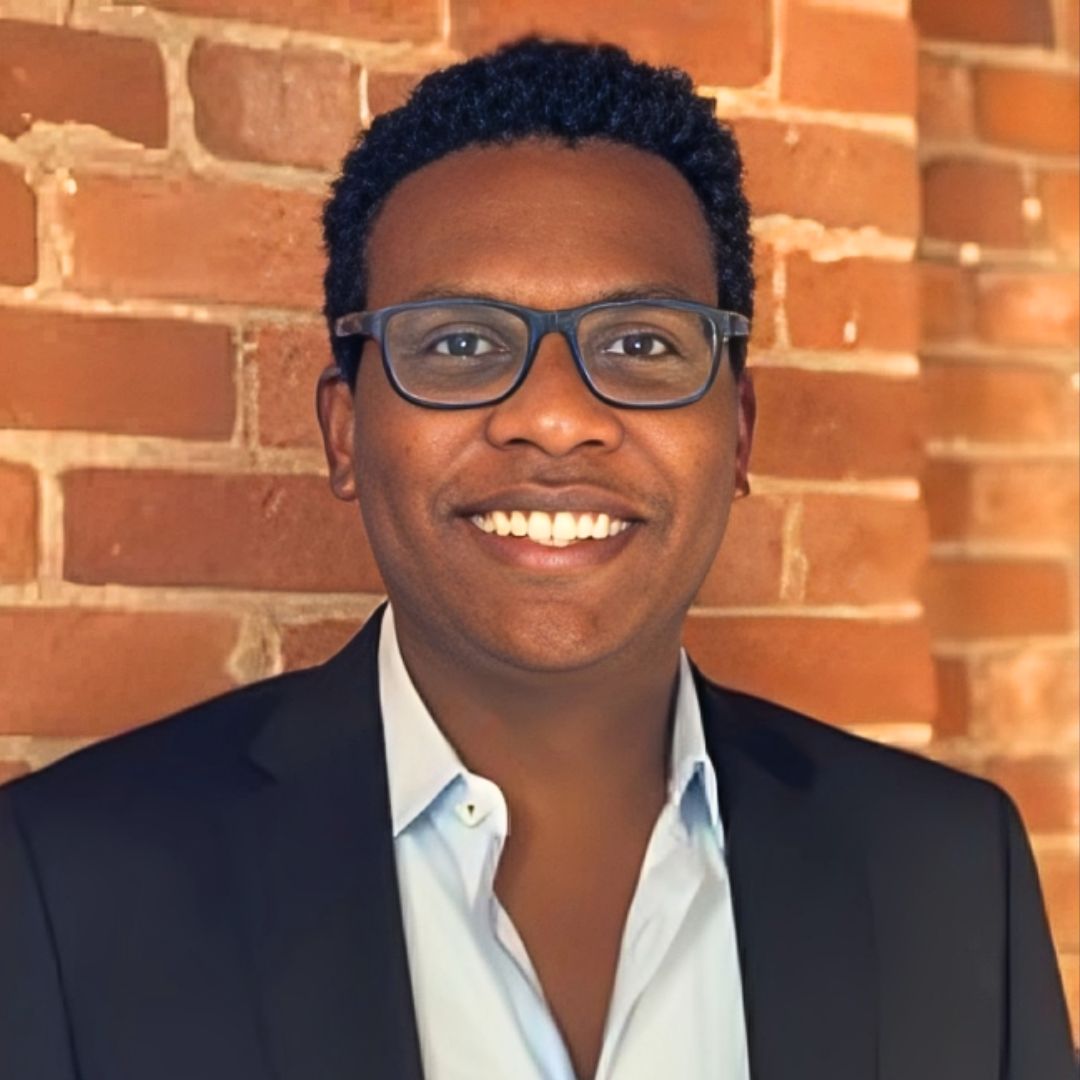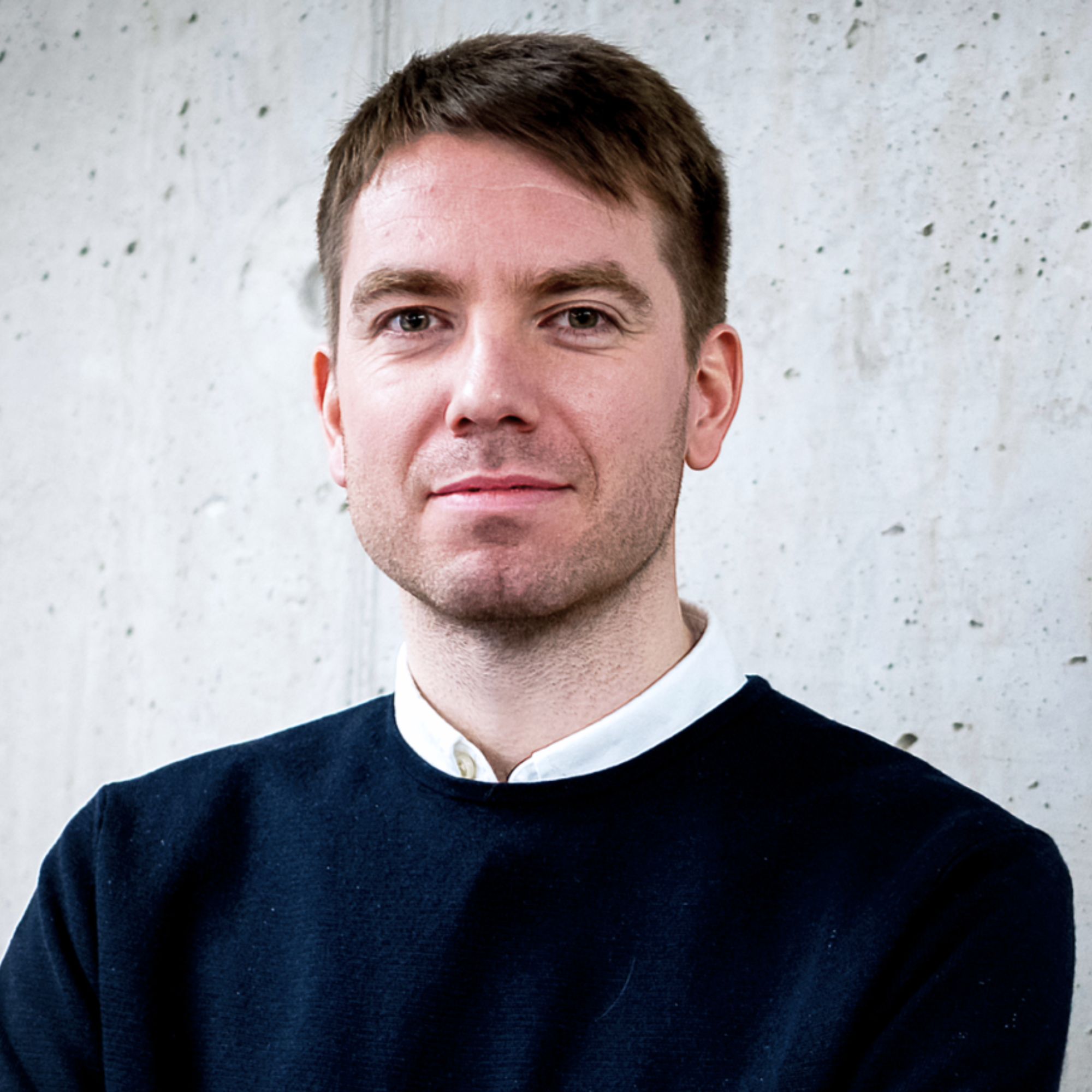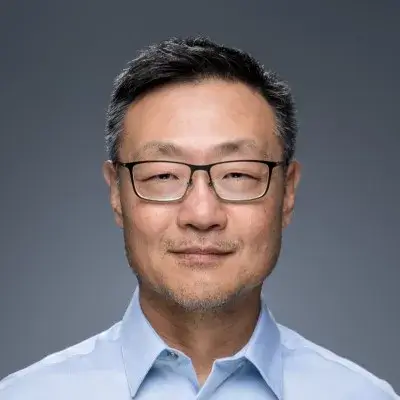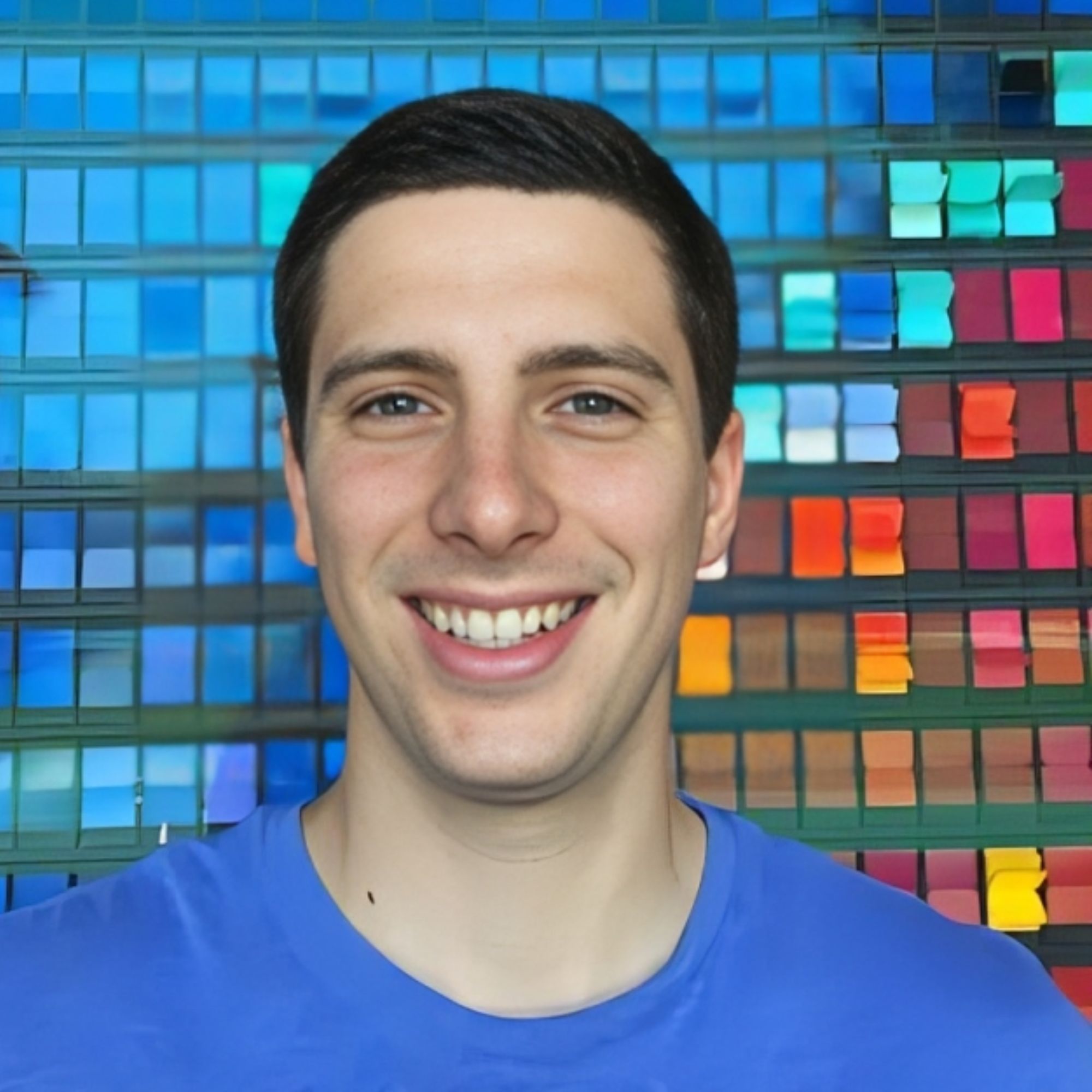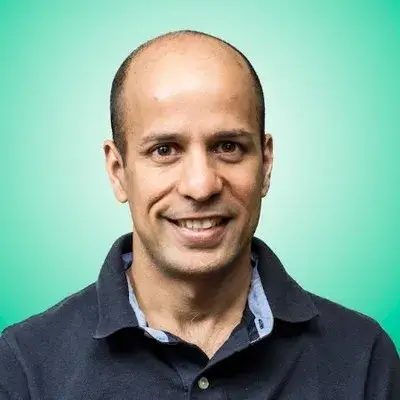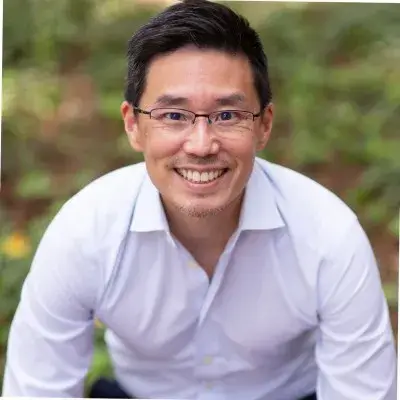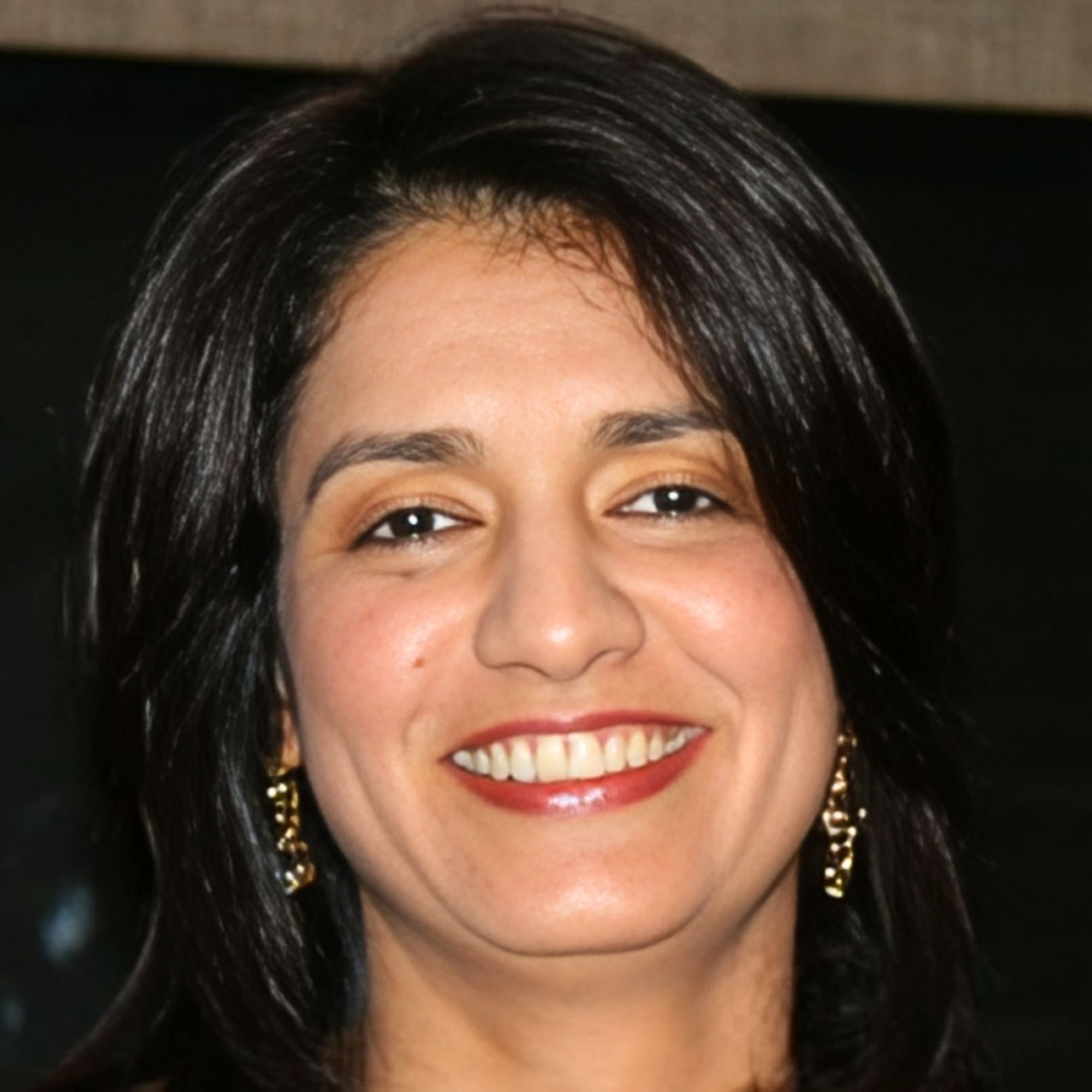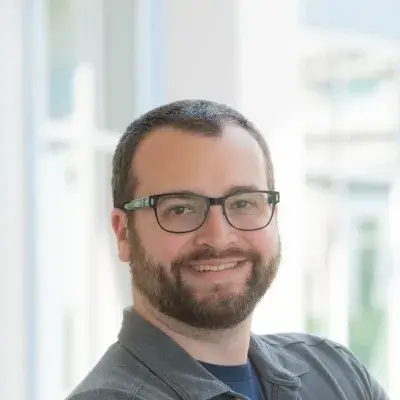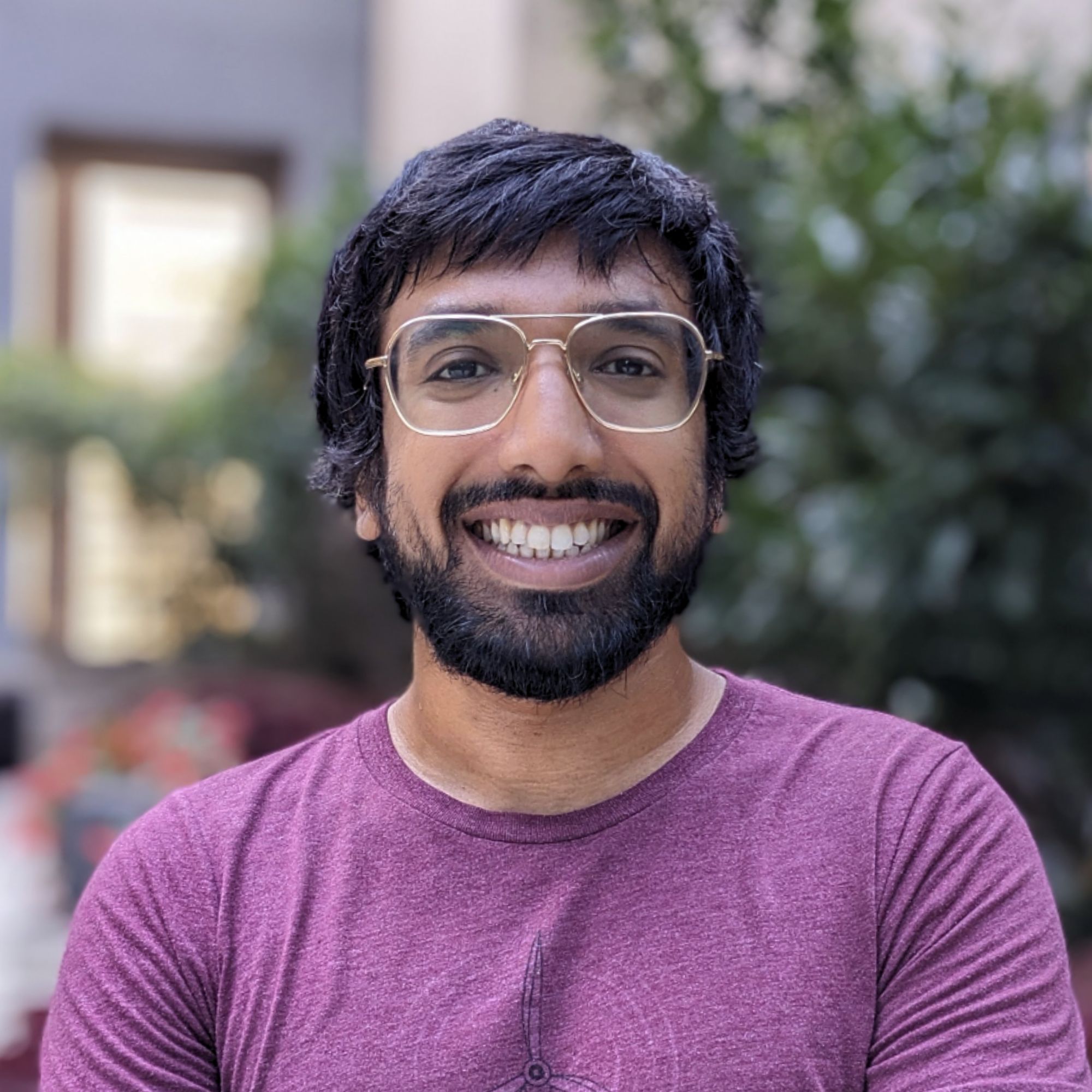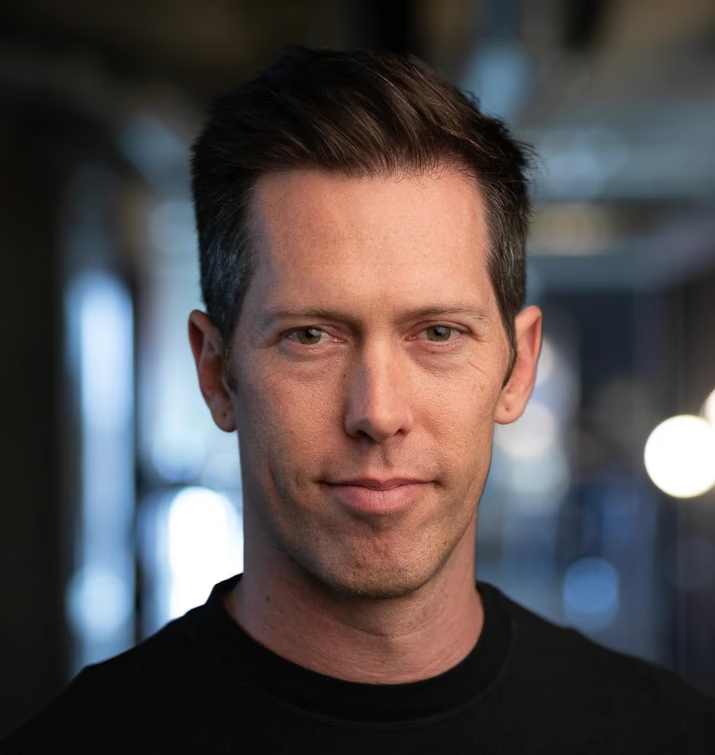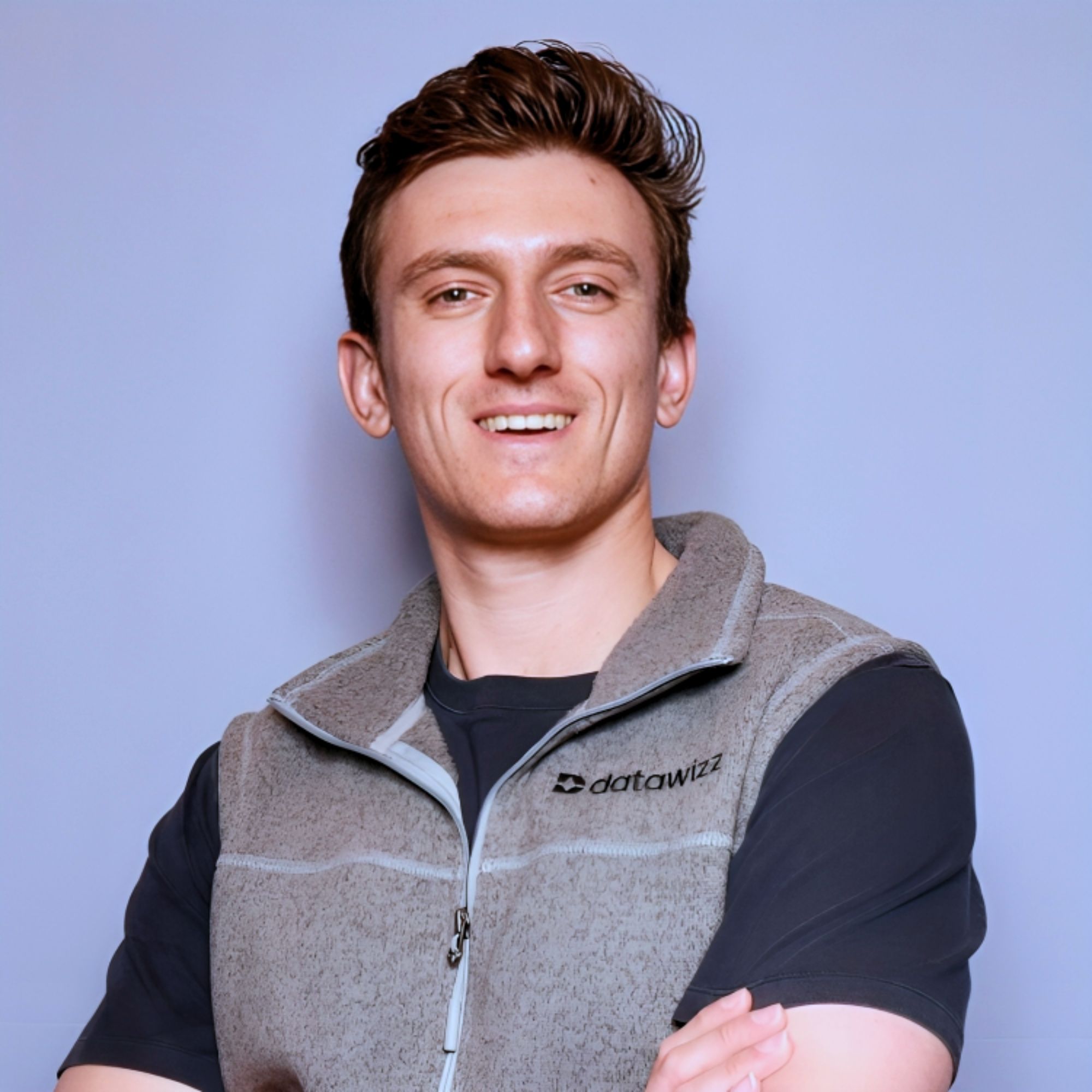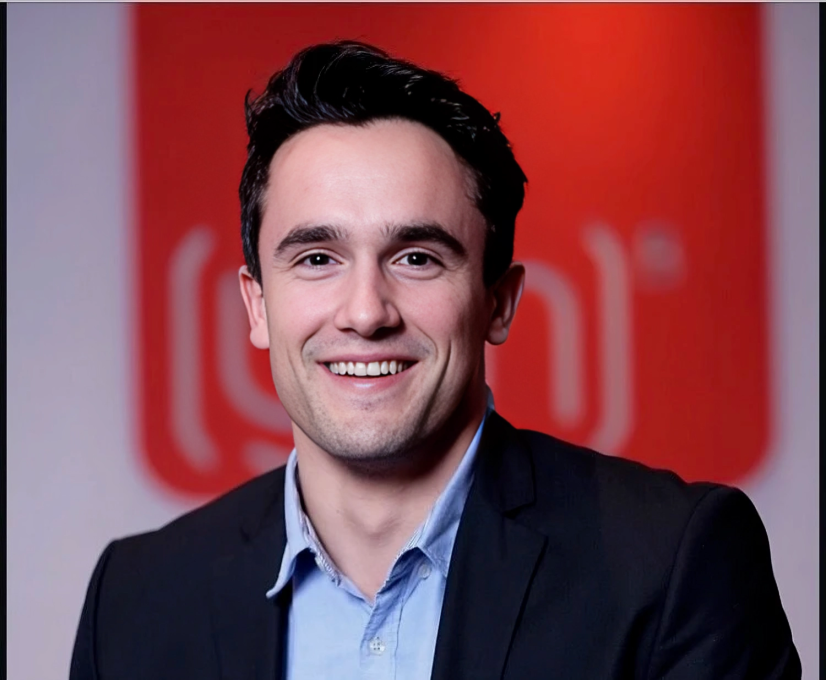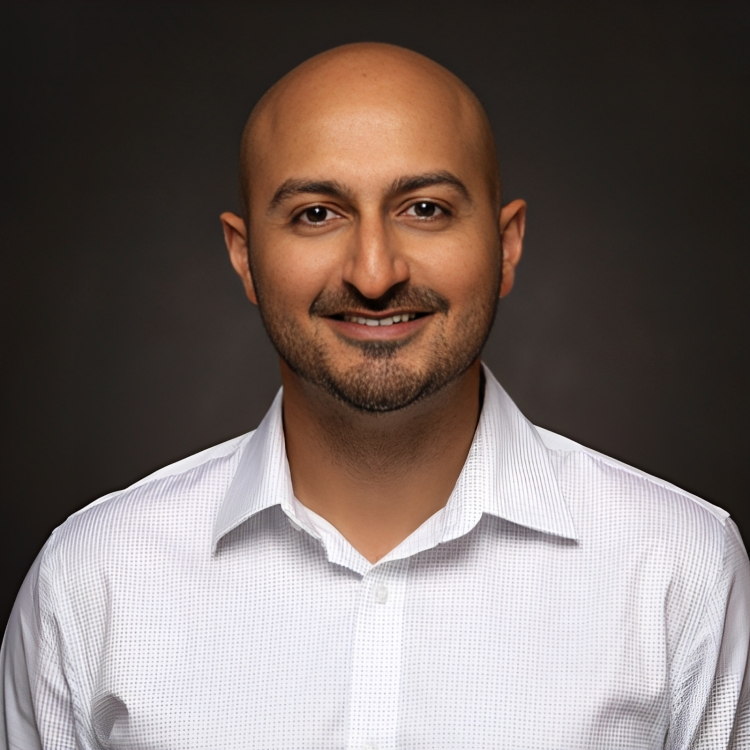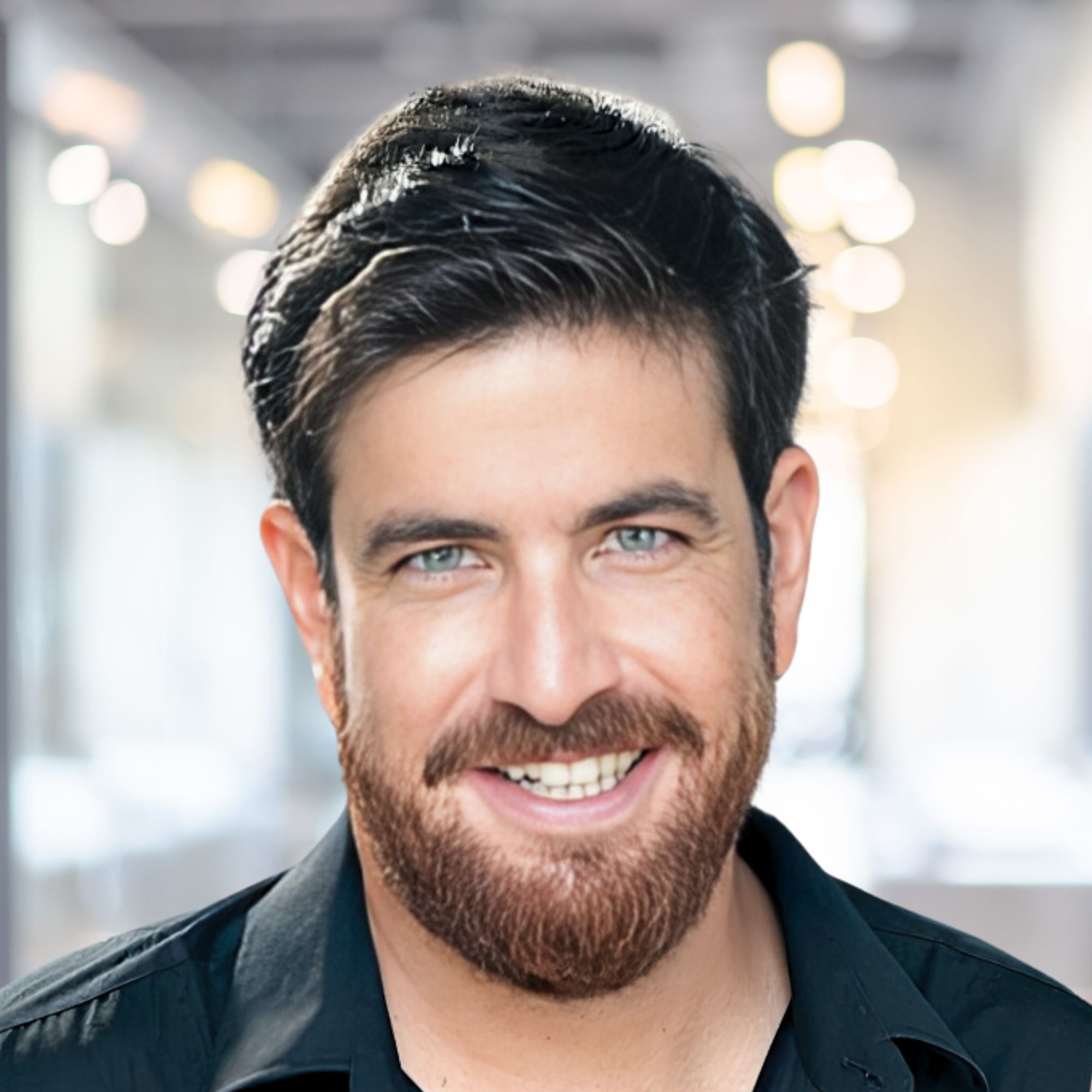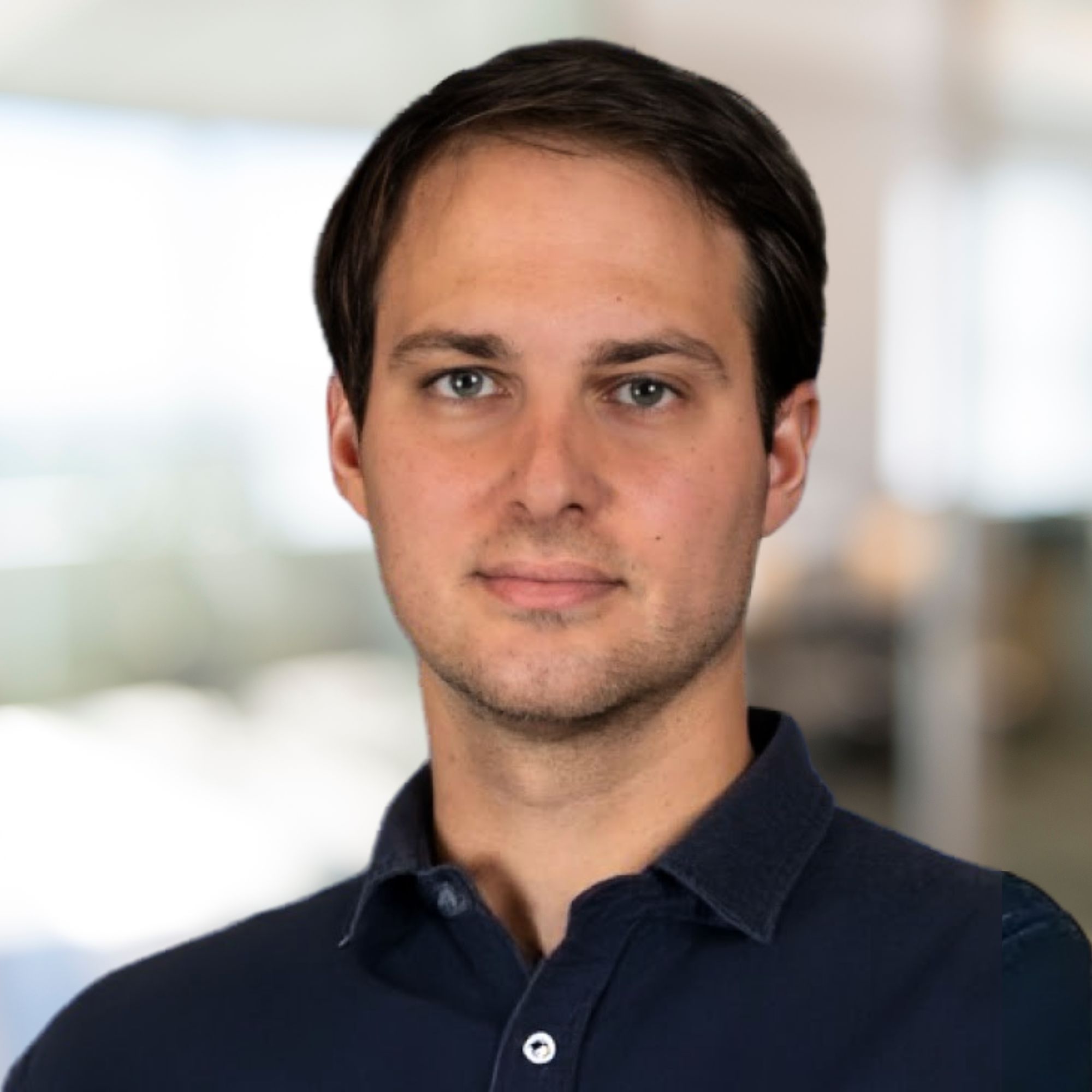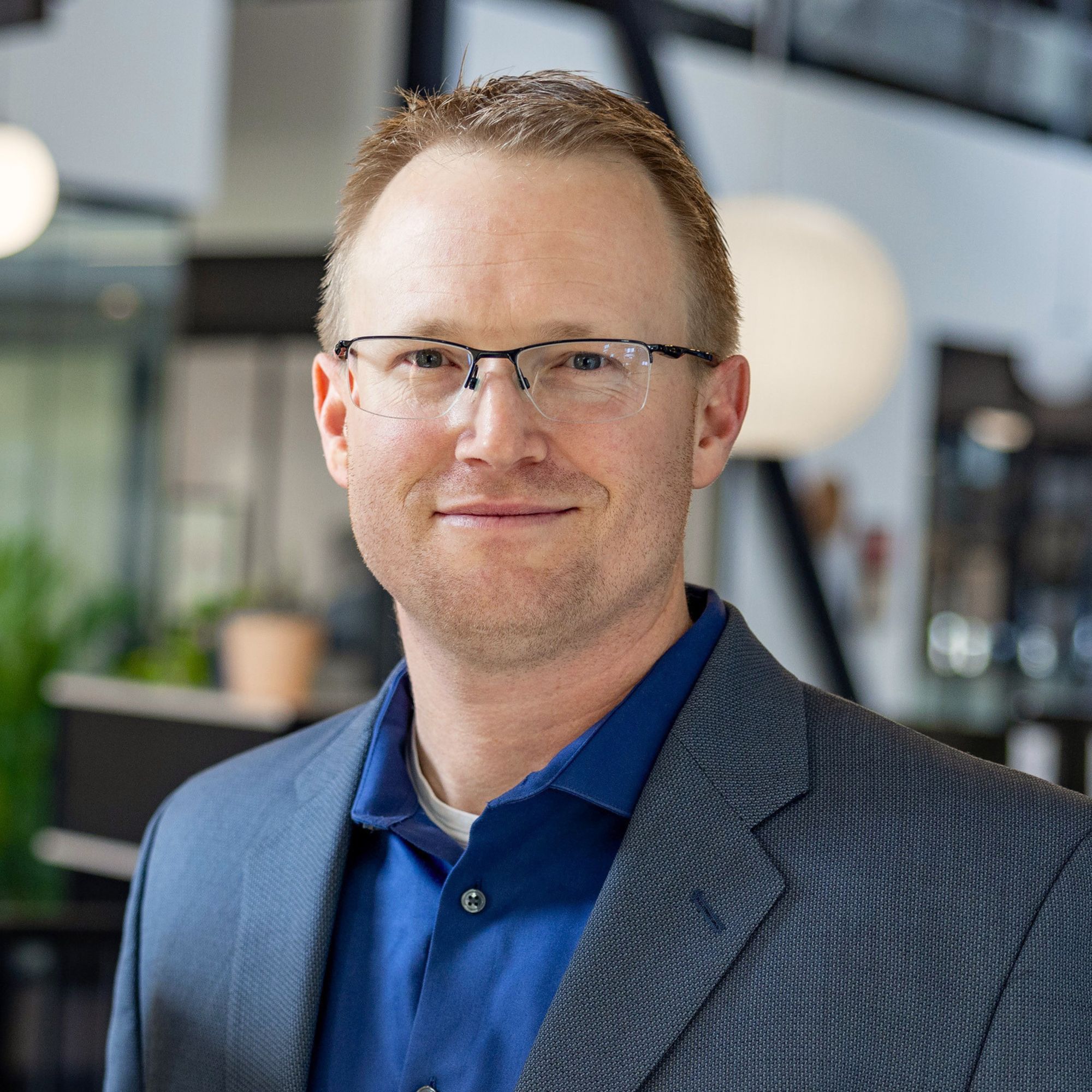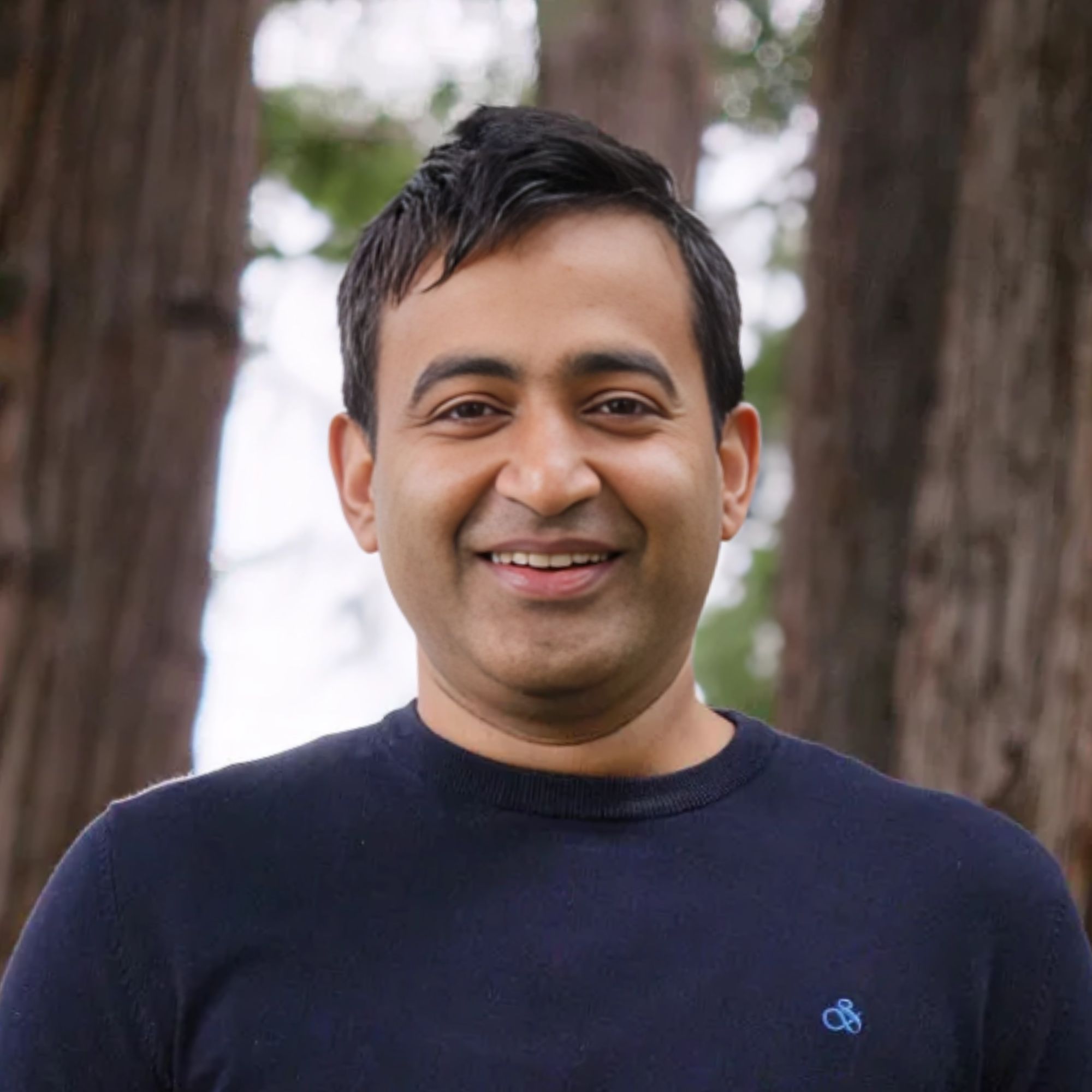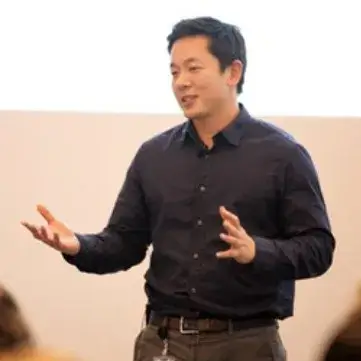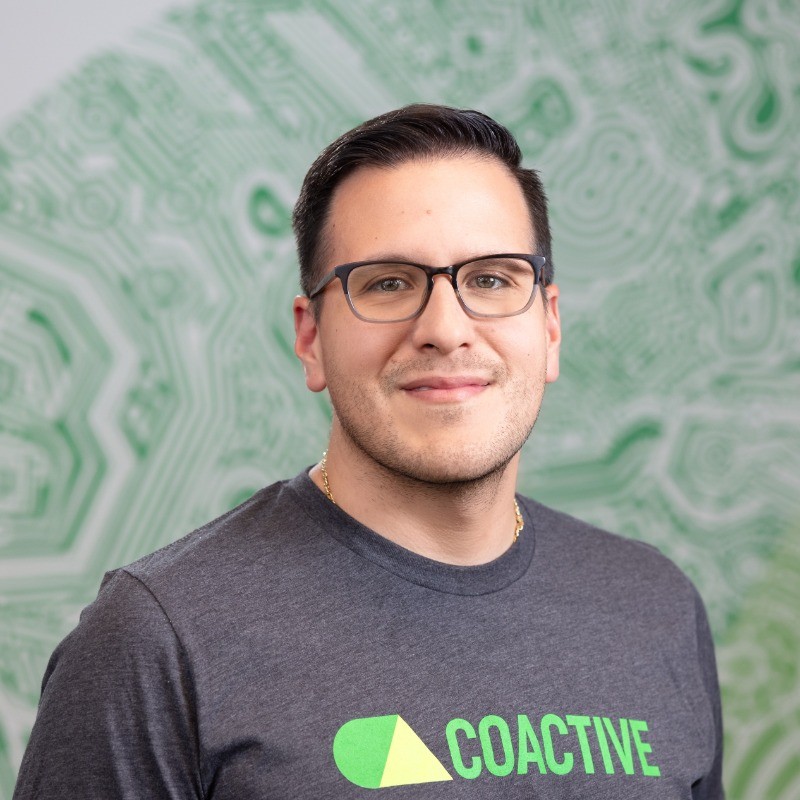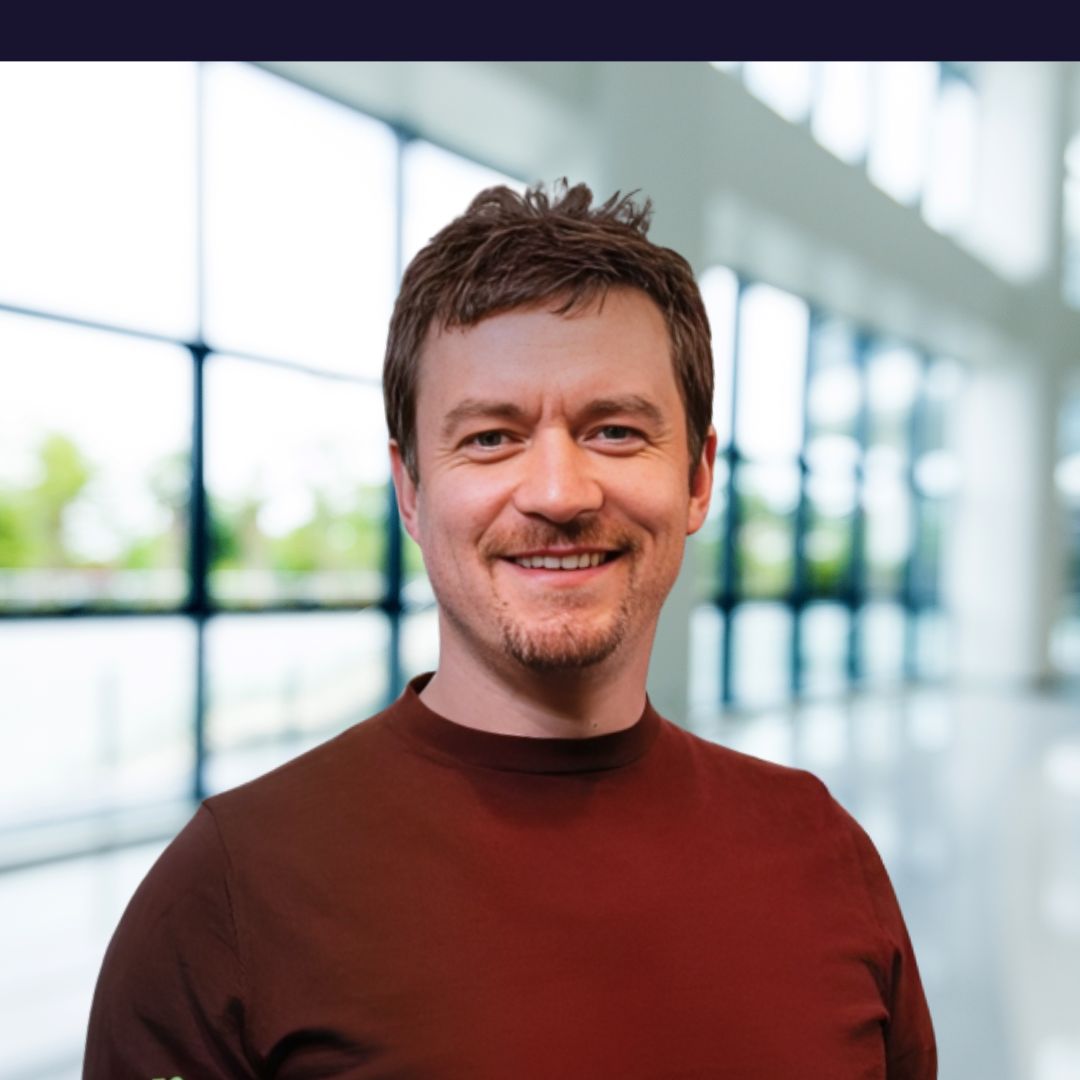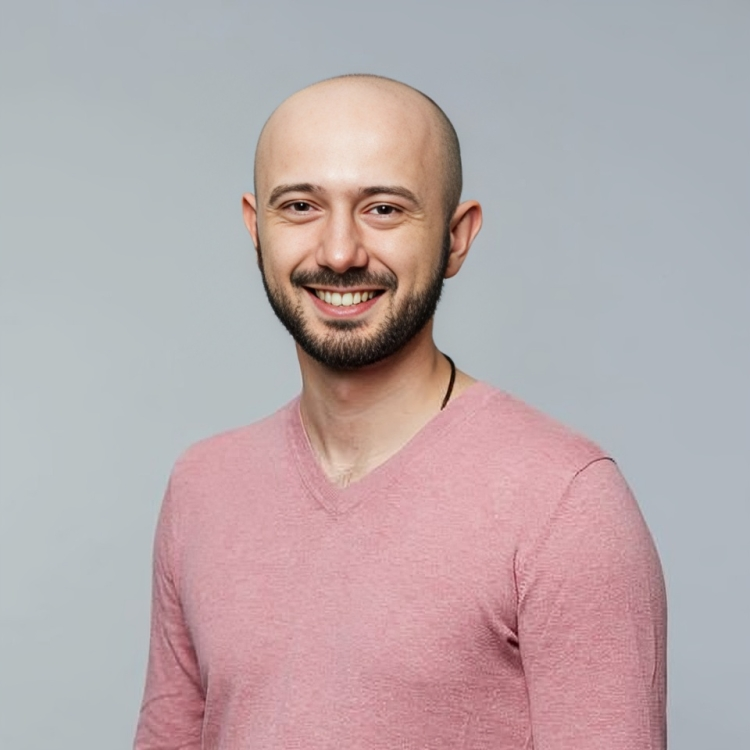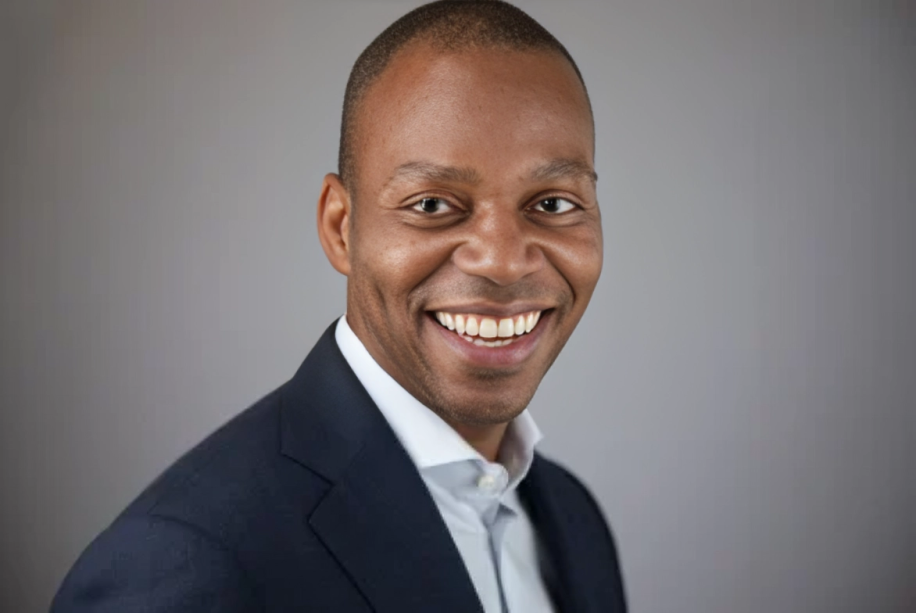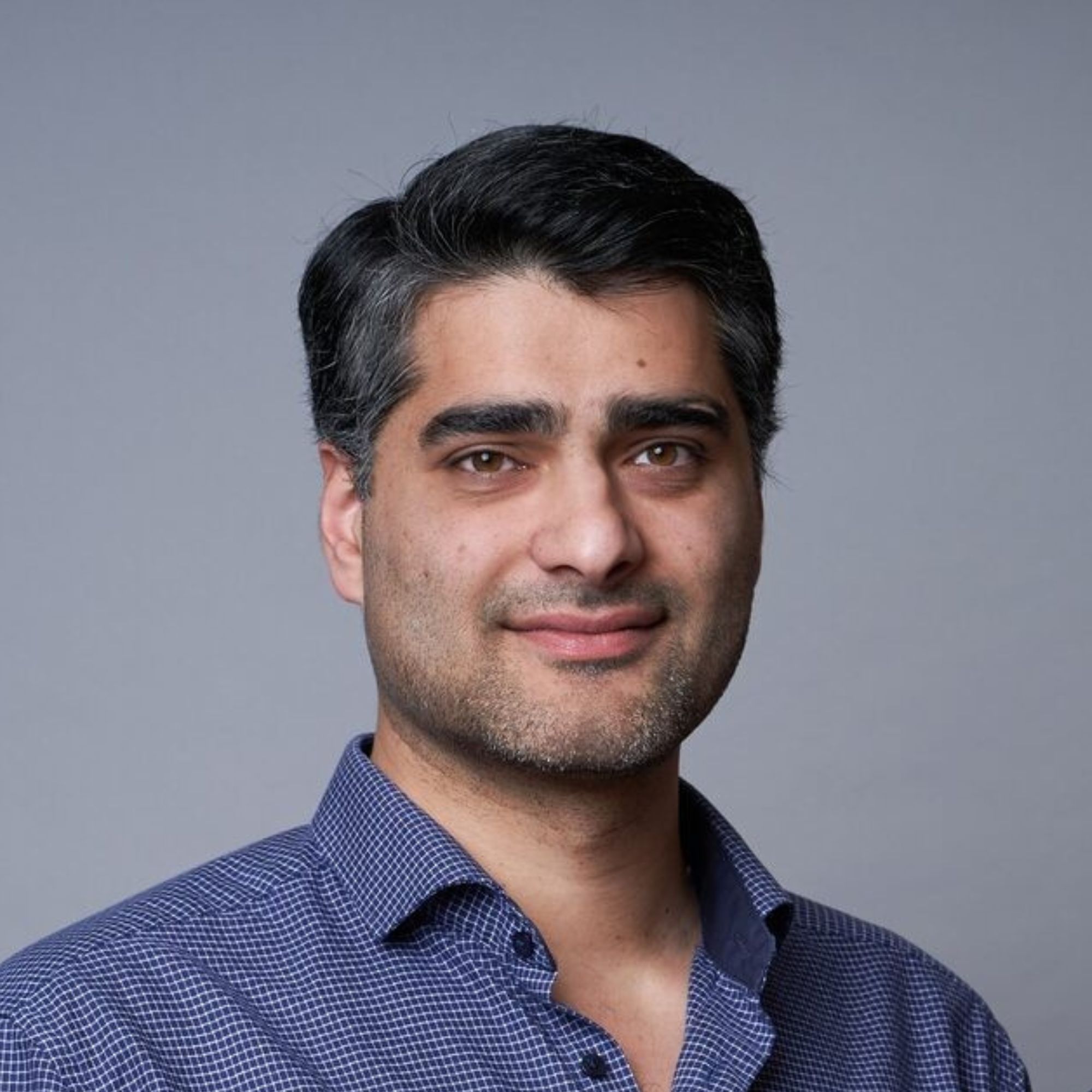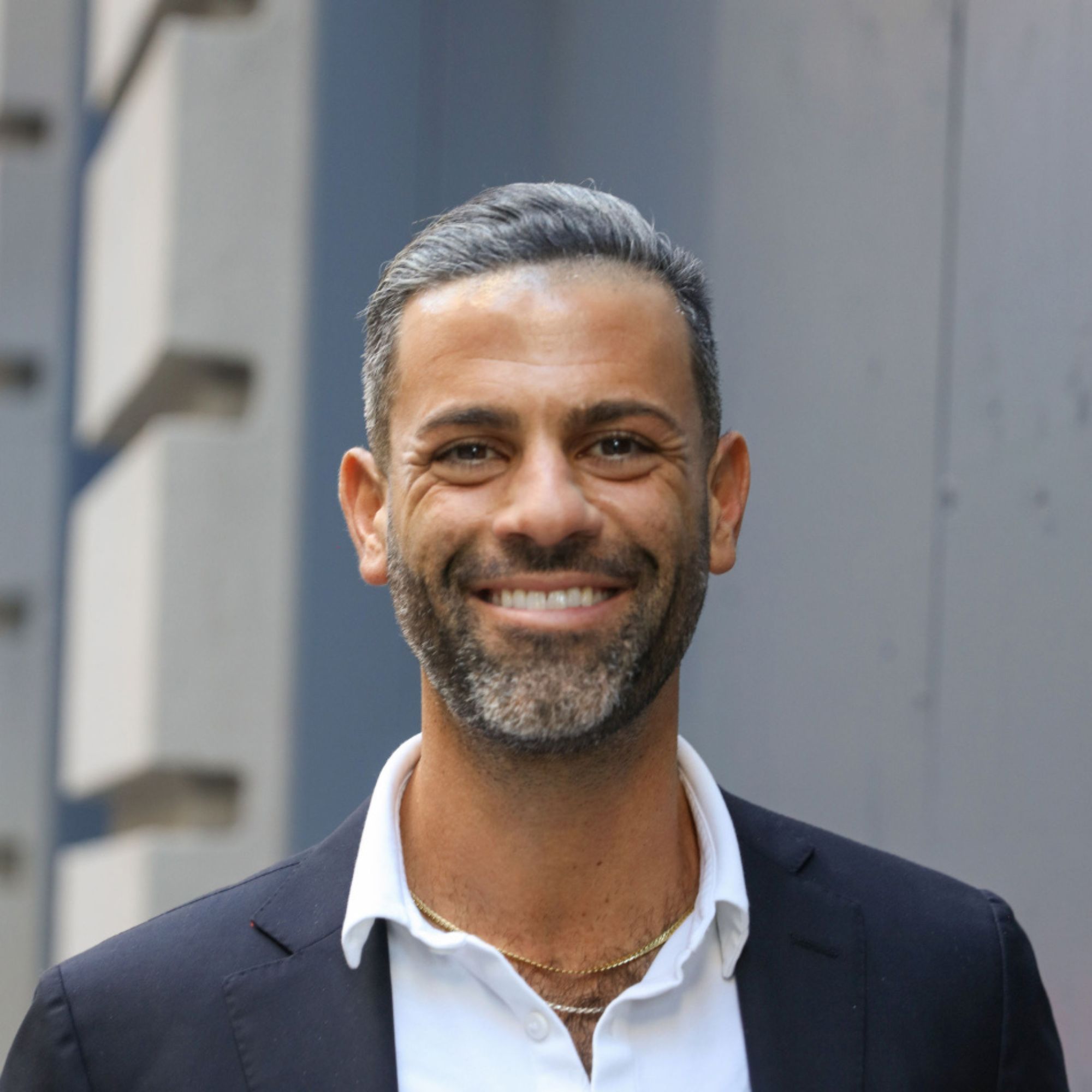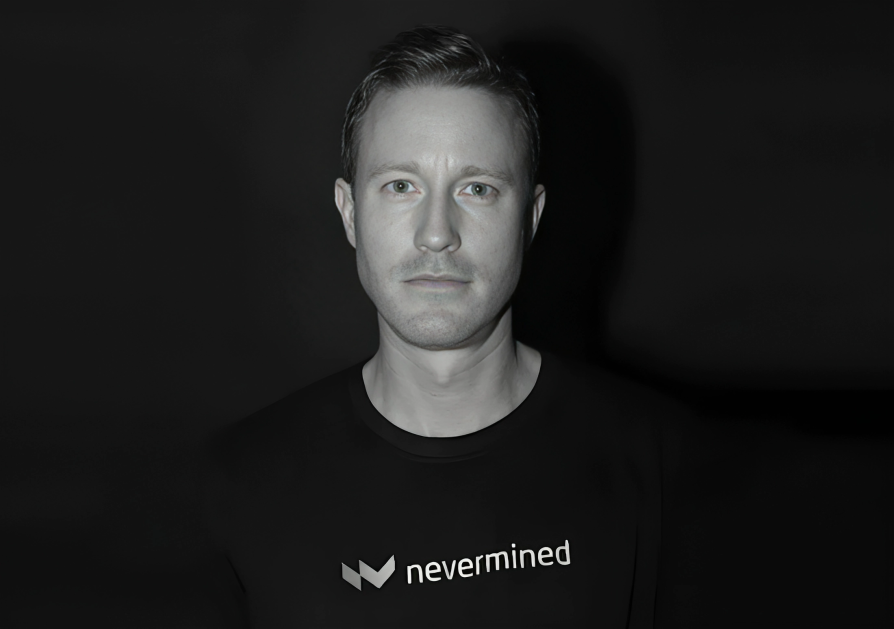Ready to build your own Founder-Led Growth engine? Book a Strategy Call
Frontlines.io | Where B2B Founders Talk GTM.
Strategic Communications Advisory For Visionary Founders
Actionable
Takeaways
Lead with priority validation, not pain discovery:
Tony learned the hard way that not every pain point can be solved on a VC timeline. His breakthrough insight was asking upfront: "Tell me if this is one of your top three priorities. If not, tell me what are those three priorities." He discovered that many insurance prospects liked their solution but had more pressing infrastructure problems unrelated to AI. B2B founders should qualify buyer priorities before presenting solutions to avoid getting trapped in lengthy sales cycles for non-critical problems.
Understand regulatory constraints early in enterprise markets:
Tera AI spent nearly a year in insurance before realizing that regulatory barriers made technology adoption extremely difficult, regardless of product-market fit. Tony explains: "Because of the regulations in America, it is incredibly difficult for an insurer or carrier to adopt new technology, especially technology that was as new as the stuff that we were building." Founders entering regulated industries should map compliance requirements and adoption timelines before committing significant resources.
Structure customer discovery to eliminate waste:
Through First Round's PMF program, Tony discovered they were doing discovery calls inefficiently, often requiring multiple meetings with the same prospects. The key insight was asking the right qualifying questions upfront rather than leading with solutions. This approach eliminated unnecessary follow-up meetings and accelerated their discovery process by 5x. Founders should develop structured discovery frameworks with clear qualifying criteria before scaling outreach efforts.
Market timing requires both technology readiness and buyer urgency:
Tony's "ChatGPT moment" wasn't just about technological possibility—it was about recognizing the convergence of technical capability and market readiness. He emphasizes: "It wasn't too early, it wasn't too late." The key was understanding that spatial AI could finally deliver value that buyers were ready to adopt. Founders should evaluate both technical feasibility and market timing when deciding on startup opportunities.
Attract talent with novel technical challenges, not just compensation:
Despite intense competition for AI talent in Silicon Valley, Tera AI successfully recruits top researchers by offering genuinely innovative work. Tony explains: "We genuinely try to innovate across the entire stack. We build our own models, we build our own datasets, we can write papers on the things we're doing." They target researchers who are "bored to death by the LLM world" and want to work on groundbreaking spatial AI problems. B2B founders should differentiate their companies through technical novelty and research opportunities, not just competitive salaries.
Conversation
Highlights
From Google X to Robotics OS: How Tera AI’s Tony Zhang Learned to Qualify Priorities Over Pain Points
The ChatGPT moment hit different for Tony Zhang. While the rest of the world marveled at conversational AI, the Google X researcher saw something else entirely: a massive gap in how artificial intelligence understands the physical world.
“I’ve always wanted to do my own company, and when that moment happened, I quickly realized that it was now or never,” Tony recalls. Within months of ChatGPT’s launch, he had left Google X to found Tera AI, betting that spatial understanding would become as important as text comprehension in the AI revolution.
But building the future of spatial AI turned out to be far more complex than Tony initially imagined. In a recent episode of Category Visionaries, the founder and CEO of Tera AI shared the hard-won lessons from raising $8 million and pivoting from insurance to robotics—including why asking about priorities beats discovering pain points every time.
The False Start: When Pain Points Don’t Equal Priorities
Tony’s first mistake was classic founder hubris: assuming the most obvious market was the right market. Insurance seemed perfect for geospatial AI—carriers needed better risk assessment, property analysis, and claims processing. The pain points were real, the market was massive, and the need seemed urgent.
“We started with a very mundane sort of market for which everybody thought made more sense at the time, which was insurance,” Tony explains. For nearly a year, Tera AI built sophisticated geospatial models for carriers, learning the intricacies of loss ratios, underwriting processes, and NAIC filings.
The team even landed their first paying customer after nine months—validation that their technology worked and customers would pay for it. But something felt off. Deals moved slowly. Decision-making processes dragged on indefinitely. Despite genuine interest from prospects, contracts remained elusive.
The breakthrough came through brutal honesty about what wasn’t working. Through First Round’s Product Market Fit program, Tony learned to ask different questions upfront: “Tell me if this is one of your top three priorities. If not, tell me what are those three priorities.”
The answers were devastating. Insurance companies liked Tera AI’s solution, but they had bigger infrastructure problems to solve first—problems that had nothing to do with AI. “Without taking care of that, which they don’t know when it’s going to be done, they will never have the time and attention to really focus on the problem you’re trying to help them solve,” Tony realized.
This insight transformed how Tera AI approached customer discovery. Instead of leading with solutions and asking about pain points, they started qualifying priorities before presenting anything. The result? Their discovery process accelerated by 5x, eliminating the endless follow-up meetings that had plagued their insurance efforts.
The Regulatory Reality Check
Beyond prioritization issues, Tony discovered a fundamental constraint that no amount of product-market fit could overcome: regulation. “Because of the regulations in America, it is incredibly difficult for an insurer or carrier to adopt new technology, especially technology that was as new as the stuff that we were building,” he explains.
This wasn’t about having the wrong product or targeting the wrong buyer. It was about entering a market where the barriers to adoption were structural rather than functional. For a VC-backed startup operating on compressed timelines, regulatory friction represented an insurmountable challenge.
“As a VC backed startup, you just don’t have the patience to kind of wait around until they come back to you,” Tony notes. The lesson was harsh but clear: not every pain point can be solved on a venture timeline, regardless of how acute the problem might be.
The Pivot: From Insurance to Robotics
After 12 months in insurance, Tony made the decision to pivot. The destination surprised even him: robotics—the market they had initially dismissed as “so far away” from commercialization.
The shift revealed a crucial insight about timing and market readiness. While robotics seemed futuristic, the industry was actually undergoing a fundamental transformation from hardware-centric to software-centric architectures.
“We are now moving towards sort of a pure software or software-centric robotics, where the software is sort of the dominant factor,” Tony explains. Instead of building point solutions for specific sensors or hardware components, Tera AI could create cross-platform software that works across any robotic system.
This architectural shift positioned Tera AI to build something far more ambitious than insurance analytics: a general-purpose operating system for robotics platforms. “If you think about going way back to the earliest of operating systems, like when Microsoft first, for example, took over the market, they made a sort of a big bet in some sense on Intel,” Tony says, drawing parallels to their bet on Nvidia and foundation models.
Building the Right Team in a Competitive Market
With their market focus clarified, Tony faced another challenge: attracting top AI talent in Silicon Valley’s hyper-competitive environment. The solution wasn’t higher salaries—it was more interesting problems.
“We genuinely try to innovate across the entire stack. We build our own models, we build our own data sets, we can write papers on the things we’re doing. It’s groundbreaking research we try to do,” Tony explains. This approach attracts researchers who are “bored to death by the LLM world” and want to work on genuinely novel technical challenges.
The strategy works because it targets “undervalued talents”—top-tier researchers who have already decided that maximizing compensation isn’t their primary motivation. “They’ve already decided that they weren’t going to just take an offer from Google or Meta but do something that is like so boring and interesting,” Tony notes.
The Fundraising Education
Tony’s fundraising journey taught him pattern recognition skills that extend far beyond investor meetings. “Throughout this journey, you develop an instinct for why someone says no, even though they will never tell you exactly why,” he reflects.
Learning to read unspoken feedback—body language, energy levels, follow-up patterns—became crucial for iterating their pitch and focusing on aligned partners. The process mirrored customer discovery: “It’s no different from any business development meeting you do, whether with a customer or somebody else or a partner. You read the room.”
This skill proved valuable beyond fundraising. The ability to recognize misalignment early, whether with investors or customers, allowed Tera AI to avoid wasting time on relationships that weren’t going anywhere.
The Vision: Operating System for Physical Intelligence
Today, Tera AI is building what Tony describes as “a family foundation model where you could, through one shot prompts, achieve any sort of capability without having to program something.” The vision extends beyond individual robots to a cross-platform operating system that works across any physical autonomous system.
The bet mirrors Microsoft’s early success with Windows—creating a software layer that abstracts away hardware complexity and enables rapid innovation at the application level. But instead of personal computers, Tera AI is targeting the emerging ecosystem of autonomous physical systems.
“You have a single layer that can just be instantly adopted and you can update that layer to better and better over time without needing to dig into the hardware components themselves,” Tony explains.
Lessons for Technical Founders
Tony’s journey from Google X to Tera AI offers several crucial lessons for technical founders navigating market validation:
Qualify priorities before presenting solutions. Pain points are meaningless if they’re not in the buyer’s top three priorities. Ask about priorities upfront to avoid getting trapped in lengthy sales cycles for non-critical problems.
Map regulatory constraints early in enterprise markets. Some industries have structural barriers to adoption that no amount of product-market fit can overcome. Understand these constraints before committing significant resources.
Structure customer discovery to eliminate waste. Generic discovery calls often require multiple follow-ups. Develop qualifying frameworks that accelerate the process by asking the right questions upfront.
Attract talent through technical differentiation. In competitive markets, interesting problems often matter more than compensation. Position your company around genuinely novel technical challenges.
Develop pattern recognition for unspoken feedback. Whether with investors or customers, learning to read between the lines helps identify misalignment early and focus efforts on promising opportunities.
Tony’s story demonstrates that the best technical founders stay obsessed with problems, not solutions. By remaining flexible about implementation while staying focused on fundamental challenges, Tera AI transformed from an insurance analytics company into a potential operating system for the robotics revolution.



